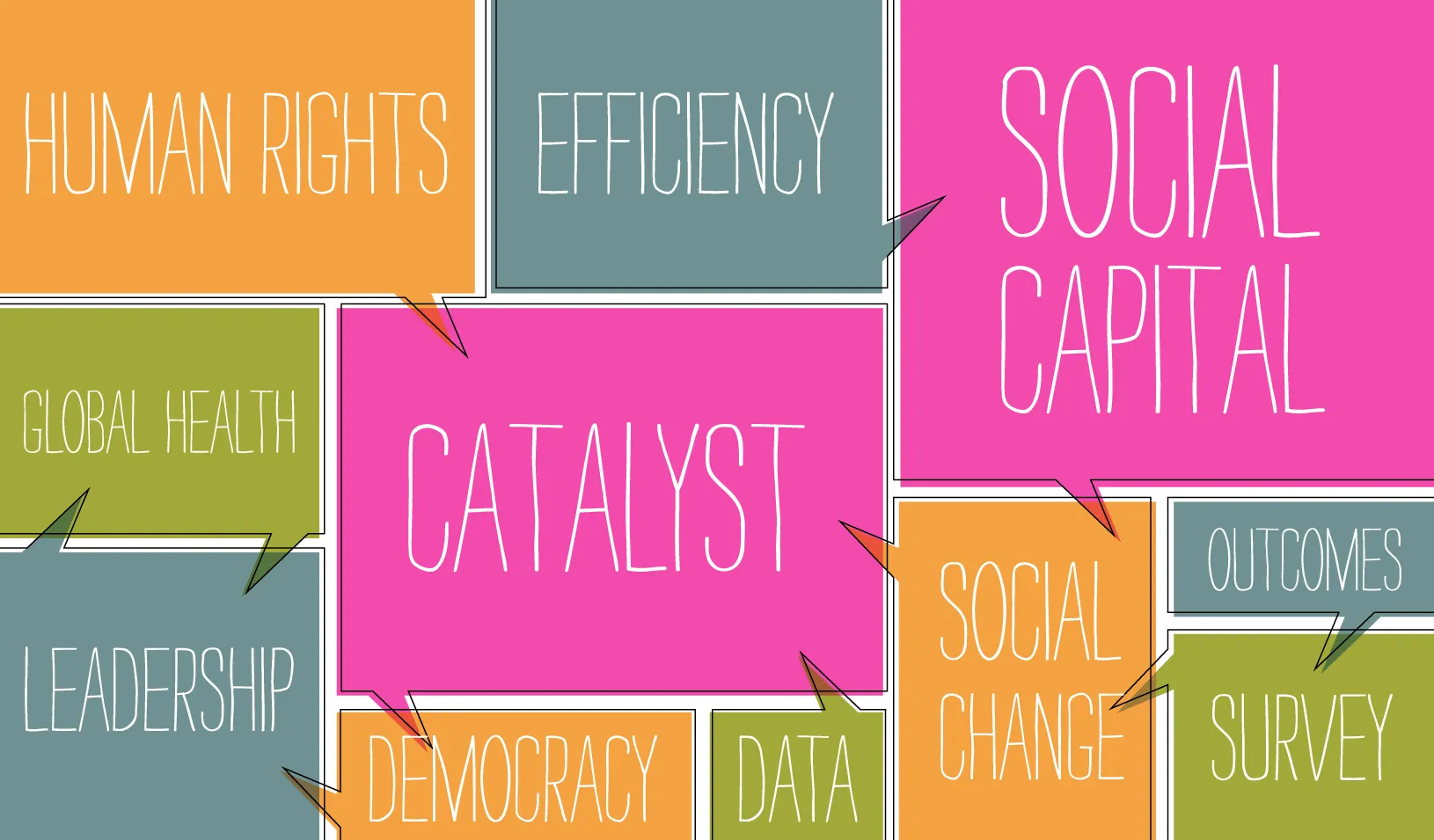Walter W. Powell: The Language of Nonprofits is Changing
As charitable organizations collaborate more with businesses, their vocabulary transforms.
July 02, 2015

Like companies, nonprofit organizations have their own language.
Terms like “data” and “framework” are commonly used by science and health organizations. Nonprofits tackling civil and social justice issues refer to “empowerment,” while more business-oriented nonprofits often use the terms “performance” and “impact.”
But new research by Stanford GSB professor Walter W. Powell shows that there is a fourth group that incorporates and recombines the languages of civil society, science, and management, creating a new discourse combining the language and thus the ideas of various kinds of entities.
The language and terminology of an organization show how it sees its mission and how it evaluates impact, and “we’re starting to see a new inter-language that’s being created,” says Powell, who, with Valeska P. Korff of the University of Potsdam and Achim Oberg of the University of Mannheim, recently published the findings in the Bulletin of the Association for Information Science and Technology.
Powell cites various reasons behind the move toward a combined language. The overarching theme: Nonprofits today are increasingly reaching into each others’ worlds. Some are collaborating with businesses, especially those firms interested in corporate social responsibility. Others, seeking to boost their funding, are starting business spinoffs that help finance their mission. And, many donors are asking nonprofits to document their impact through randomized controlled studies, leading them to think in a more scientific framework.
The researchers used web crawler technology to trace weblinks, resulting in a sample of 369 organizations, including nonprofits, think tanks, foundations, United Nations agencies, government bureaus, for-profit and nonprofit consulting firms, rating services, and global corporations, particularly those involved in microfinance. All the organizations in the sample are deeply involved in assessing social impact. Then the researchers used web-scraping technology to search the content of the organizations’ webpages and extract frequently used keywords. And, the findings for the three sectors were what you might have expected.
The science group, including the World Bank, Gates Foundation, World Health Organization, Charities Evaluation Service, and Robert Wood Johnson Foundation made heavy use of terms such as “data,” “survey,” “framework,” and “global health.”
Organizations that the researchers classified as civil society groups, including Charity Water, Kiva, Global Fund for Women, and Bread for the World, frequently mentioned the terms “social change,” “democracy,” “human rights,” and “justice.”
Businesses such as Deutsche Bank, Accenture, and McKinsey, and foundations such as the Hewlett Foundation, frequently used management terms, like “performance,” “outcomes,” “efficiency,” and “leadership.”

But Powell also discovered a fourth group. Organizations like the Clinton Foundation, Harlem Children’s Zone, Skoll Foundation, and Ashoka used language combined from the other three sectors. For example, they mixed terms from the civil society and business worlds to use the terms “social return on investment,” “social capital,” and “strategic philanthropy.” They draw on scientific language to describe programs as “experiments” or “probes.”
“This is a very distinctive group and is not just a blurry middle,” says Powell. “It turns out they’ve begun to develop their own language while speaking each of the other languages fluently.”
This group, which the researchers call the “interstitial” organizations, also uses terms that suggest connection and bridging, such as “translator,” “navigator,” and “catalyst.”
And the researchers found evidence of such bridging in action. This fourth group included more hyperlinks to other organizations, reflecting the alliances and connections they form. The researchers found that those within the interstitial group maintain many ties among themselves as well as with those in each of the three other communities.
Indeed, because they’re not associated with a single community, the bridging organizations in the interstitial group could shift the overall dynamics of the nonprofit world.
And because they speak the language of the other groups, “they’re certainly able to communicate to a broader public and are listened to more,” Powell says.
This opens the door to fresh ways to view and assess nonprofit activity. The phrase “social return on investment,” for example, draws on the discourses of the civil society and business areas; that and other phrases and terms that borrow from different communities create potential alternative ways to evaluate a nonprofit and its effectiveness. “I imagine that we’ll become more sophisticated and demanding when talking about outcomes and impact,” says Powell.
Walter W. Powell is a professor of organizational behavior (by courtesy) at Stanford GSB and a professor of education in the Department of Education at Stanford. He is faculty co-director of the Stanford Center on Philanthropy and Civil Society. The linguistic network visualizations from this research are among 10 selected by the Places and Spaces exhibition, supported by the National Science Foundation, that travel to universities and museums around the world.
For media inquiries, visit the Newsroom.
Explore More

Why Investors Throw Money at Eccentric CEOs

Unlocking the “Iron Cage” of Corporate Conformity



